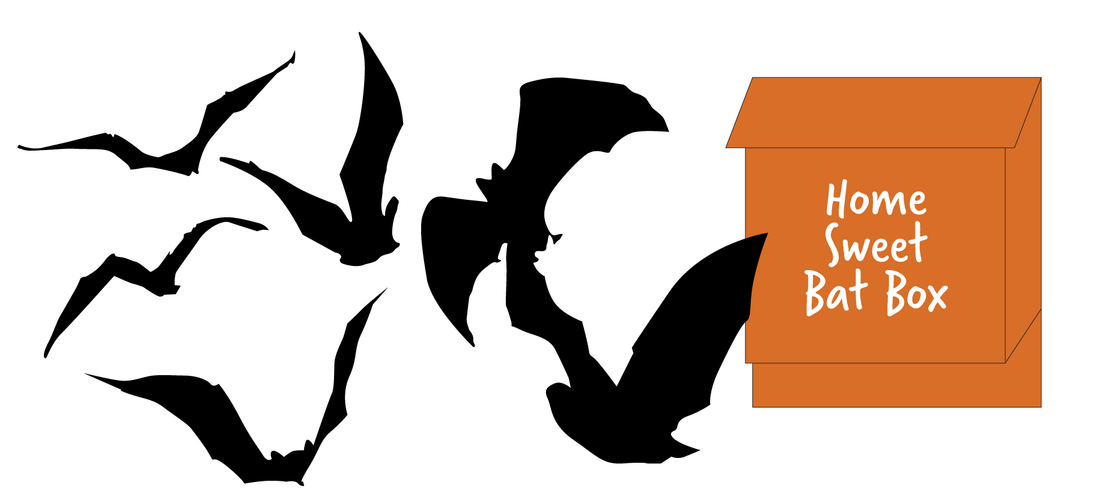Our friend, the bat, is fighting a losing war against development and could use a little help finding suitable habitat. This year, it's our aim to help the only mammal that achieved the dream of flight by promoting the idea of building bat boxes. And if pure altruism isn't enough of a motivation, there is also the fact that bats eat mosquitoes. Whether or not they eat enough to make an appreciable difference is somewhat debated, but fewer mosquitoes certainly can't hurt.
Bat boxes are a very basic woodworking project for beginners and don't require much in the way of tools.
So how to proceed?
Please Note: Use somewhat rough wood, this makes it easier for the bats to cling to it. Cedar, barn wood, etc. are very suitable. On our Hiker's Hummus pouch, we indicated using 4' x 4' piece of plywood, however we've since learned that will create too smooth a surface.
You're going to need:
- a 1" x 10" x 6' of untreated wood
- a saw
- a hammer and some nails
- a straightedge
- a tape measure
- a pencil
- some wood glue
- caulk
You will also need a suitable surface working on wood, like a workbench, a set of sawhorses, or similar. Please bear in mind that cutting wood can be dangerous! Make sure that the wood is secured and that you're observing reasonable precautions. (If you're young and inexperienced, find an adult who's done some DIY in their day.)
(Please excuse the messy sketches until we have time to make some nicer ones...)
Step 1. Cut the board as follows:

(The section that's crossed out is just waste. Save it for your next project!)
This will be the most difficult part of the project. Cutting long straight lines can be difficult for beginners. If you're using a hand saw, pay attention to the reflection of the wood as you cut. If the reflection of the wood in the saw runs straight, then you're cutting straight.
Step 2. Once you've cut out the components, it's pretty straightforward to assemble. You attach the cross bars on the back of the 'back board' with wood glue and nails. Then attach the middle sidebars and the middle board, the front side bars and the front board, and finally the roof. Here's a sketch:

The roof sits on top.
The crevices you've just made between the boards will be 3/4" deep, which is perfect. Use the caulk to caulk the joints, bats like it snug and dark. Mount the bat box as high off the ground as you can manage in a spot that gets a little sunlight during the day but that's protected from the wind.
It will take awhile before bats find their way to the home you've constructed for them. Once they've settled in, take care to not get too curious though. Don't disturb them! You'll find bat guano below, so you'll know they're occupied.

